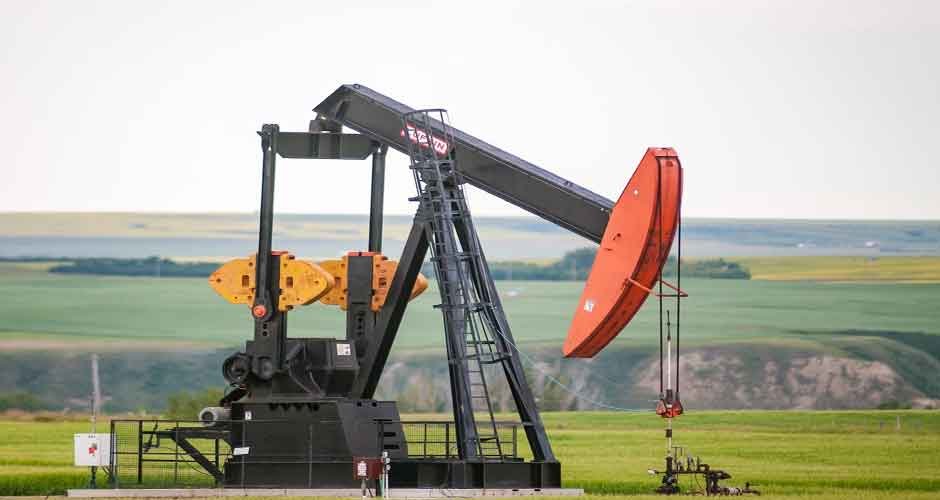Oil fields are vast places that help to power the world, yet much about them remains hidden from the public eye. These oil reservoirs are the backbone of the energy industry, driving economies and fueling daily life. Beyond their economic significance, oil fields hold a wealth of fascinating facts. From their geological formation to the cutting-edge technology used in their exploration and extraction, oil fields are marvels of nature and human ingenuity.
This blog explores six cool facts that will broaden your understanding and appreciation of these vital resources.
1. Ancient Origins and Geological Marvels
Oil fields are ancient formations, with some dating back hundreds of millions of years. The oil trapped in these reservoirs originated from microscopic marine organisms that settled on the seafloor and were buried under layers of sediment.
Over time, heat and pressure transformed these organic materials into hydrocarbons, which people in the oilfield industry now extract as oil. This process, known as thermal maturation, is a remarkable natural phenomenon that has taken place over geological timescales.
The structure of oil fields is equally fascinating. They are often located in sedimentary basins, where layers of rock have folded and faulted, creating traps that hold the oil. These geological formations, such as anticlines and fault traps, play a crucial role in the accumulation and preservation of oil.
2. Equipment Used in the Oil Industry
Torque subs are essential pieces of equipment in the oil industry and oilfield services, playing a crucial role in drilling operations. These specialized tools are designed to measure and monitor the torque applied to the drill string during the drilling process. By providing real-time data on torque levels, they help operators optimize drilling performance and prevent equipment damage.
Torque subs are typically installed between the top drive or rotary table and the drill string, allowing for accurate measurements without interrupting the drilling process. Their use enables more efficient drilling, reduces the risk of costly downtime, and enhances overall safety on oil rigs. In an industry where precision and reliability are paramount, torque subs have become indispensable tools for maximizing productivity and minimizing risks in oil exploration and extraction.
3. Advanced Technology in Exploration
The exploration of oil fields relies heavily on advanced technology. One of the most critical tools is seismic surveying, which uses sound waves to create detailed images of subsurface formations. By analyzing the reflected seismic waves, geologists can identify potential oil reservoirs and determine their size and structure. This technology makes it possible to locate oil deposits with greater accuracy and efficiency.
In addition to seismic surveys, modern drilling techniques have also evolved. Directional drilling allows engineers to drill wells at various angles, accessing oil reservoirs that would be otherwise unreachable. This method increases the efficiency of oil extraction and minimizes environmental impact. Innovations like hydraulic fracturing and enhanced oil recovery techniques further enhance the productivity of oil fields.
4. Environmental and Safety Measures
While oil fields are essential for energy production, they also pose environmental and safety challenges. The industry has made significant strides in implementing measures to mitigate these risks. One of the primary concerns is preventing oil spills, which can have devastating effects on ecosystems.
Modern oil fields are equipped with advanced monitoring and containment systems to detect and manage leaks quickly. These measures help protect the environment and the people working in and around oil fields. The industry is increasingly focusing on reducing its carbon footprint. Techniques such as carbon capture and storage (CCS) aim to capture carbon dioxide emissions from oil extraction and store them underground, preventing them from entering the atmosphere.
Additionally, companies are investing in renewable energy sources and improving energy efficiency in their operations. These efforts demonstrate a commitment to balancing energy production with environmental stewardship.
5. Economic Impact and Global Influence
Oil fields are a significant source of revenue for oil-producing countries, driving economic growth and development. The wealth generated from oil fields can fund infrastructure projects, social programs, and public services, improving the quality of life for millions of people. For many nations, oil exports are a critical component of their economic strategy, influencing global trade dynamics and international relations.
The strategic importance of oil fields also extends to geopolitics. Control over oil resources can shift the balance of power between nations, leading to alliances and conflicts. The global oil market is interconnected, with fluctuations in oil prices affecting economies worldwide.
6. The Future of Oil Fields
The future of oil fields is shaped by technological advancements and evolving energy needs. As the world transitions to cleaner energy sources, the oil industry is adapting by incorporating more sustainable practices. Enhanced oil recovery techniques, such as CO2 injection, are being developed to maximize the extraction of existing oil fields, reducing the need for new exploration. These methods improve efficiency and extend the life of oil fields, ensuring a steady supply of oil while minimizing environmental impact.
Additionally, the integration of digital technologies is transforming the industry. The use of data analytics, artificial intelligence, and the Internet of Things (IoT) enables real-time monitoring and optimization of oil field operations. These innovations increase efficiency, reduce costs, and enhance safety. Oil fields will remain a vital part of the energy landscape, contributing to a more sustainable and technologically advanced future.
Conclusion
Oil fields are remarkable sites of natural and technological wonders, with a rich history and significant impact on the world. From their ancient origins to the advanced technology used in their exploration, oil fields reveal a hidden world of complexity and innovation.


